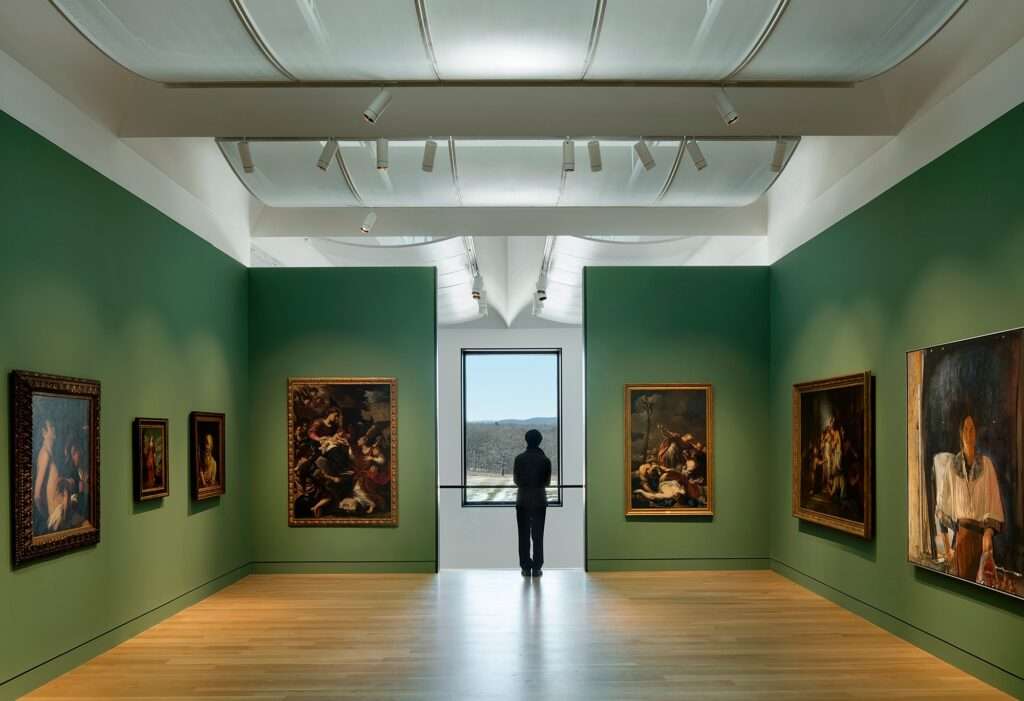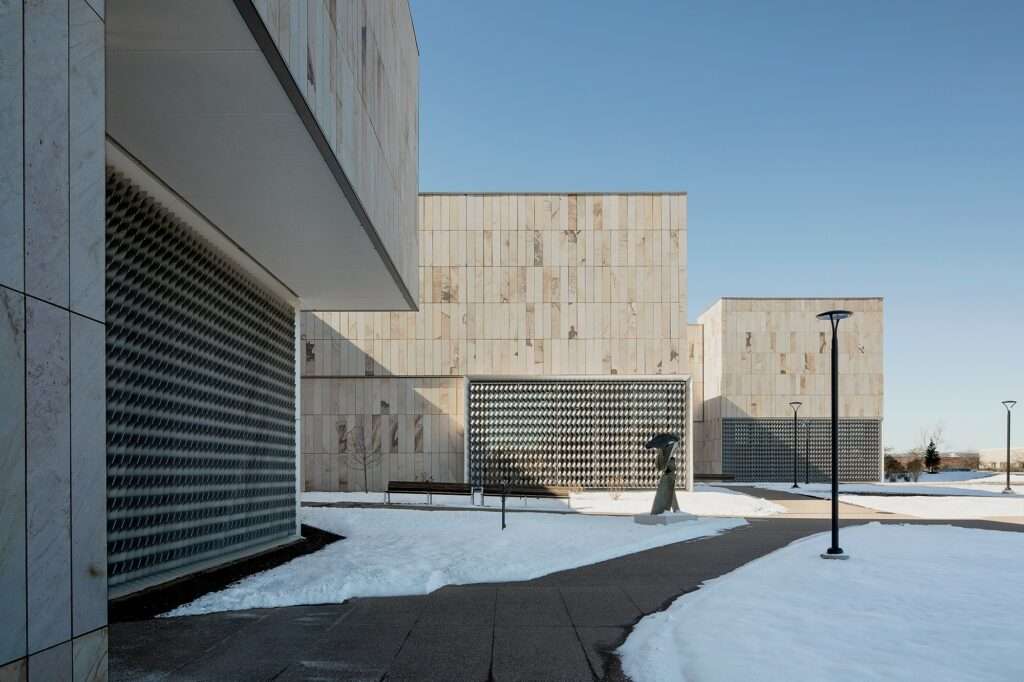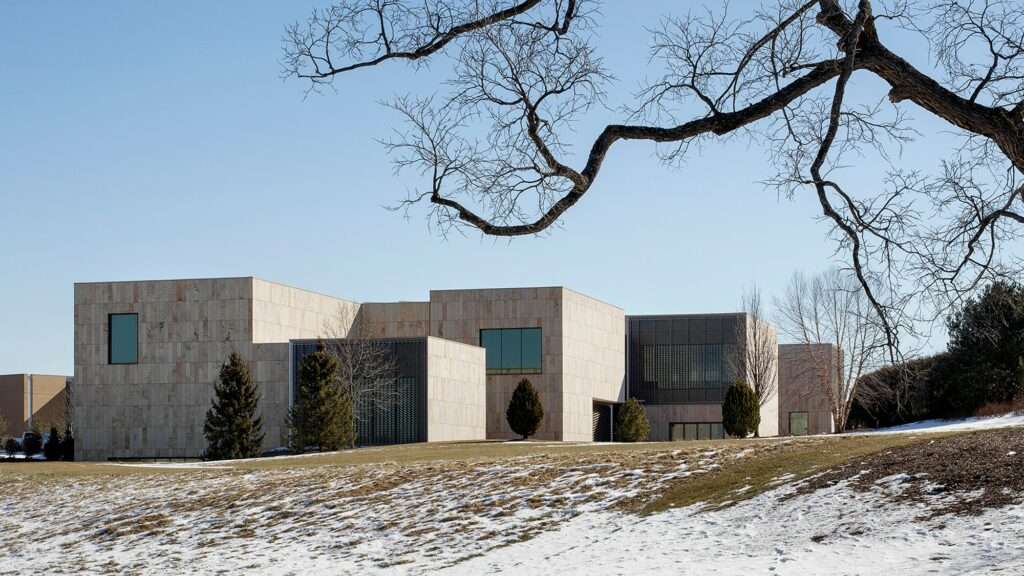Header: Courtesy of Allied Works
The Palmer Museum of Art has 45 years of history to its name, and, throughout the years, it has been steadily growing its collection to nearly 11,000 works. Due to this and the crucial cultural and educational role the museum plays in the lives of thousands of students at Penn State University, it was in dire need of renovation. More space was a priority, but aesthetics were never left out the door. Therefore, to expand its reach and capabilities, the University brought in Allied Works to design this museum’s new chapter.

The new space was designed with concrete goals in mind: increase the museum’s exhibition capacity and provide modern facilities for education, programming, and events. Penn State hoped that a new look and venue would help tighten art’s position in its curriculum while also offering resources to scholars from various fields. Growing respect for the arts and nature in the greater public and students alike is seen as an important mission at Penn State, and this renovation shows exactly that.

Located within The Arboretum at Penn State, the building’s design is comprised of interlocking pavilions integrated into the natural landscape. Such a design helps the new museum blend in with the Arboretum, setting up a space that fosters the connection between people, art, and nature. The materials chosen for the pavilions are all part of the natural environment that surrounds the university. Local stone covers the pavilions, reflecting the unique geology of the Nittany Valley and Central Pennsylvania and grounding the structure in its environment.

By being interconnected, the pavilions create indoor and outdoor courtyards that invite students and the public to wait, contemplate, and share views. What’s more, the galleries are designed to capture natural light and offer views of the Arboretum gardens and the landscape beyond, details that end up creating a warm environment perfect for long discussions about whichever topic is burning inside each visitor. The layout includes double-height spaces that provide visual connections across the many collections held by the museum, offering staff the flexibility of choosing how to set them and even more opportunities to host varied events and exhibitions.











